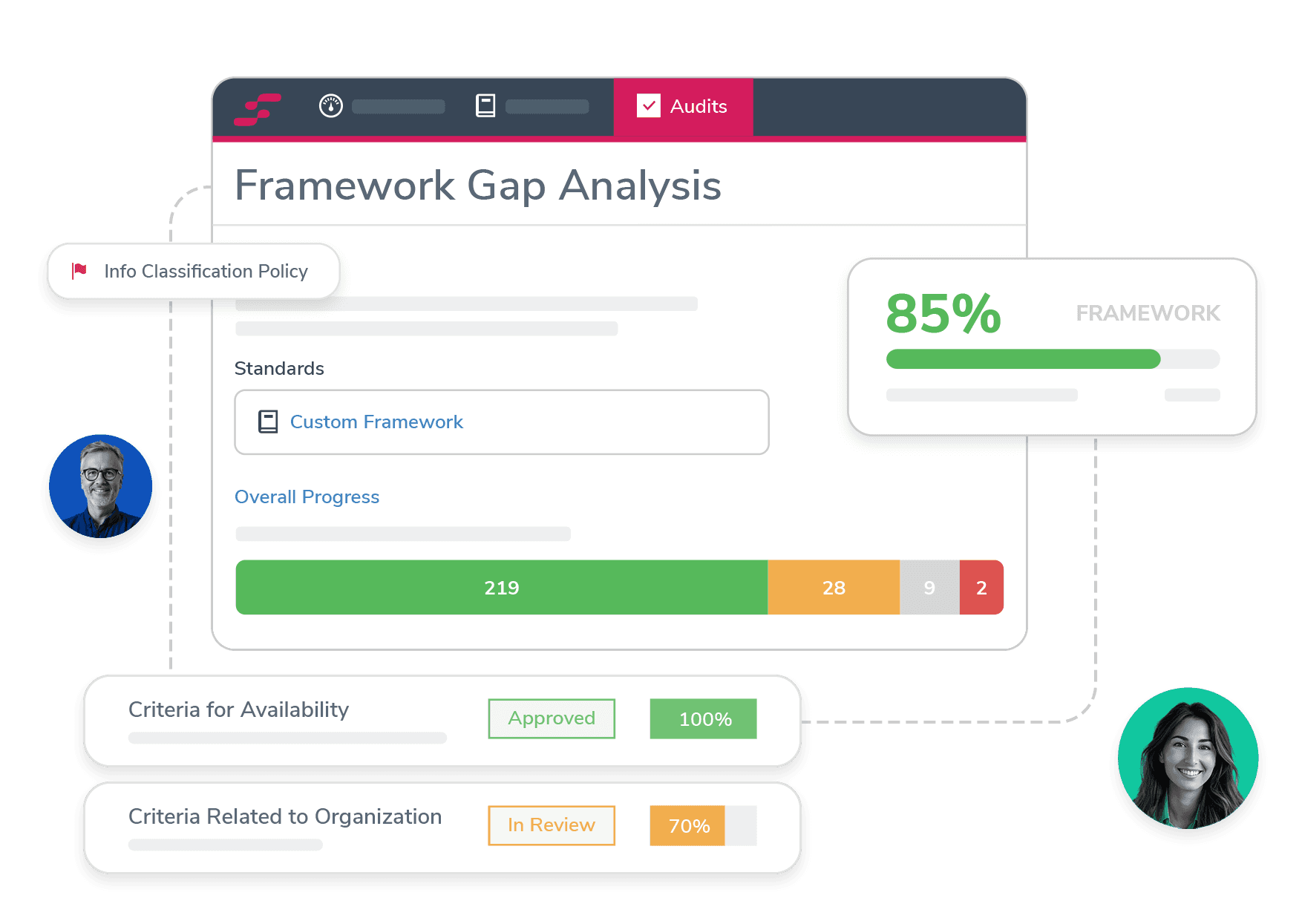Web Content Accessibility Guidelines
Description
The Web Content Accessibility Guidelines (WCAG) is an internationally recognized framework developed by the World Wide Web Consortium (W3C). It provides guidelines to make web content more accessible to people with disabilities, ensuring an inclusive online experience for all users, regardless of their abilities or impairments. WCAG covers a wide range of recommendations for making web content more accessible, including improving usability for users with visual, auditory, physical, speech, cognitive, language, learning, and neurological disabilities.
Overview
WCAG is designed for web developers, content creators, and organizations responsible for maintaining websites. Its purpose is to ensure web content is accessible to all individuals, regardless of their physical or cognitive abilities, by providing clear guidelines that enhance usability and accessibility across digital platforms.











